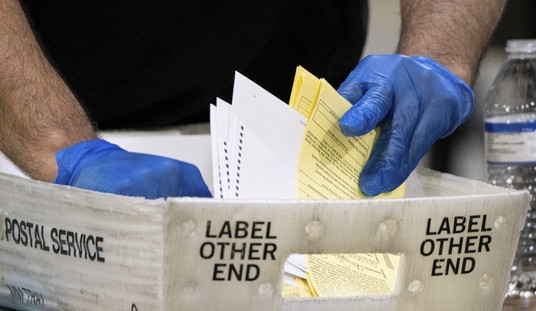The one personal thing that Japan’s top surviving fighter ace, Saburo Sakai, liked besides flying was a Leica camera. It may have been a Leica III, seen here, an extraordinary camera for an extraordinary pilot. But for most of the world photography meant the point and shoot camera, which the Kodak Brownie and its later Instamatic exemplified. They were loaded with something called film, which, it has to be said to this generation of digital photographers, was never the same thing. It kept changing. In it’s earliest incarnations film was made up of a material akin to explosive. Later it was made safer, but in the beginning film was like dynamite.
The use of nitrocellulose film for motion pictures led to the requirement for fireproof projection rooms with wall coverings made of asbestos. The US Navy shot a training film for projectionists that included footage of a controlled ignition of a reel of nitrate film, which continued to burn when fully submerged in water. Unlike many other flammable materials, nitrocellulose does not need air to keep burning, and once burning it is extremely difficult to extinguish. Immersing burning film in water may not extinguish it, and could actually increase the amount of smoke produced. Owing to public safety precautions, the London Underground forbade transport of movies on its system until well past the introduction of safety film.
Cinema fires caused by ignition of nitrocellulose film stock were the cause of the 1926 Dromcolliher cinema tragedy in County Limerick in which 48 people died and the 1929 Glen Cinema Disaster which killed 69 children. Today, nitrate film projection is normally highly regulated and requires extensive precautionary measures including extra projectionist health and safety training. Projectors certified to run nitrate films have many precautions, among them the chambering of the feed and takeup reels in thick metal covers with small slits to allow the film to run through. The projector is modified to accommodate several fire extinguishers with nozzles aimed at the film gate. The extinguishers automatically trigger if a piece of flammable fabric placed near the gate starts to burn. While this triggering would likely damage or destroy a significant portion of the projection components, it would prevent a fire which could cause far greater damage. Projection rooms may be required to have automatic metal covers for the projection windows, preventing the spread of fire to the auditorium.
By the 1960s, film was no longer so volatile, but flashbulbs still generated a lot of heat and smoke. Remember flashbulbs? They were devices used to provide illumination when situations got beyond the pitiful sensitivities of film. The earliest flash devices used thermite, and later magnesium powder or filaments. They were in effect, miniature incendiary devices. By the time of the Kodak Instamatic, things had advanced far enough for these devices to be contained in receptacles called “flash cubes” — primed with fulminate.
That’s how people took family snaps. With film and miniature incendiary devices.
Yet despite these difficulties, which would flabbergast young digital camera users who are accustomed to electronic imaging, devices like the Instamatic took picture-taking capability to a far wider market than Japanese fighter aces, who used it to memorialize key moments in their lives. Birthdays, weddings, graduations, parties were recorded as never before and lie in albums in closets, attics and cardboard boxes.
Who would have thought that film itself would come to an end? But advances in digital photography inexorably reduced the scope of film. In 2009, the Kodak company announced it would stop making Kodachrome film. It was an end long expected, though it seemed impossible even when it came. As one photographer wrote:
“There are in life a few constants, but far too few. The sun rises in the morning and sets at night, and Kodachrome was what was always there to help us record those sunrises and sunsets and to brilliantly capture that ephemeral distance between light and shadow.
We would win awards with it, and the images that the light burned into its emulsion were a paean to this film, as much as the film was part of the soul of the photographers who used it and the unparalleled images they made with it.
We waited up nights to open those golden boxes–like young children surprised with glee and knowing we could drift asleep again and that all was right with the world, and that there was still Kodachrome, and almost nothing else mattered.”
But that’s the way it is. And despite any nostalgia for the past, things are better for the most part in the digital world. Technology has a put a camera in every cellphone and made image capture — and even video — ubiquitous. From Tahiri Square to Kalamazoo, digital photography is memorializing the world in such detail that historians and archivists of the near future will have to revise their understanding of the recent past through its retrospective glance even before the moment is completely gone. Film is history, but the memory machine business remains. Kodak knew that even in the 1960s, that this was what the business was, as this vintage Instamatic commercial shows.
[youtube qBWVWjdNWC0]
“No Way In” print edition at Amazon
Tip Jar or Subscribe for $5










Join the conversation as a VIP Member